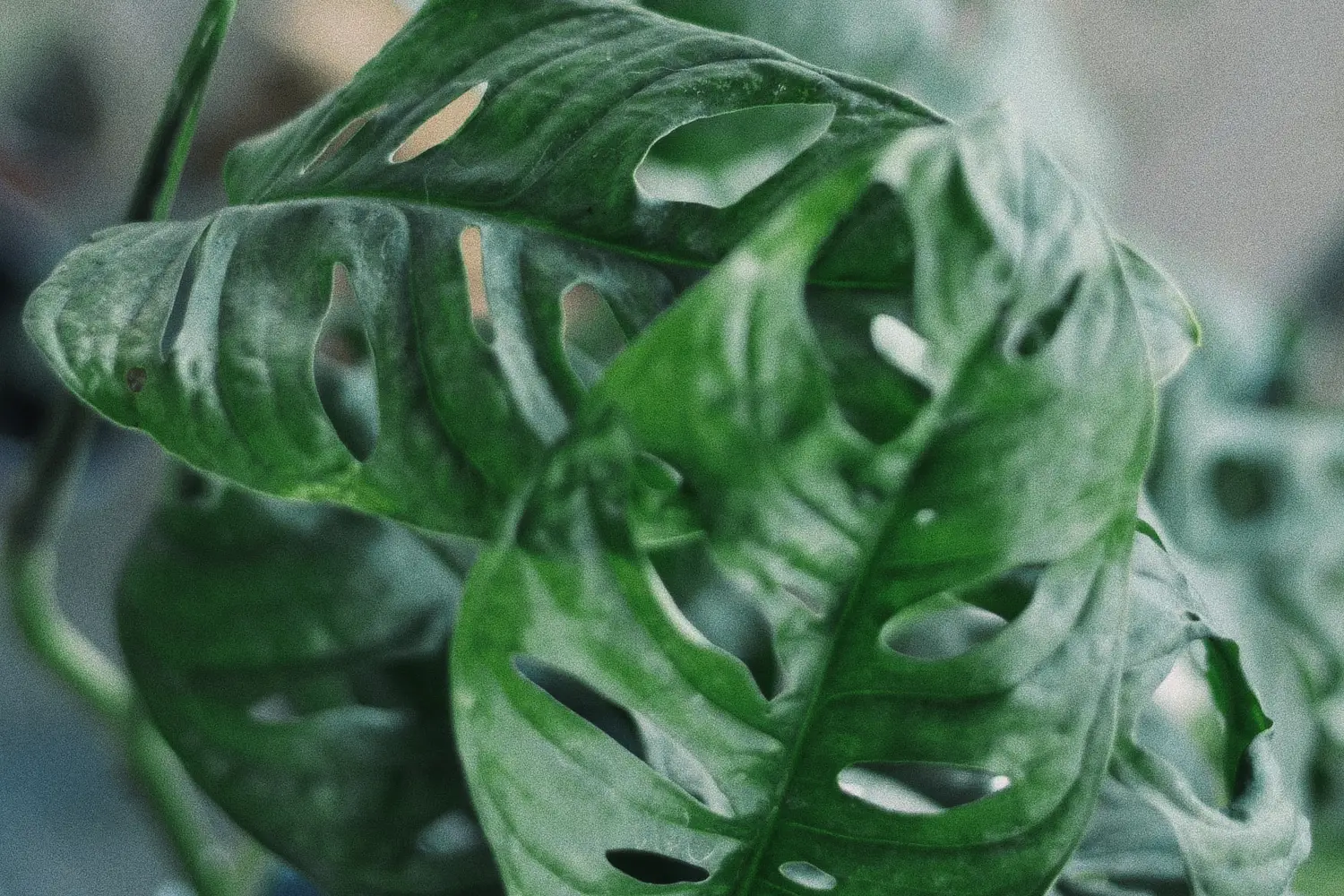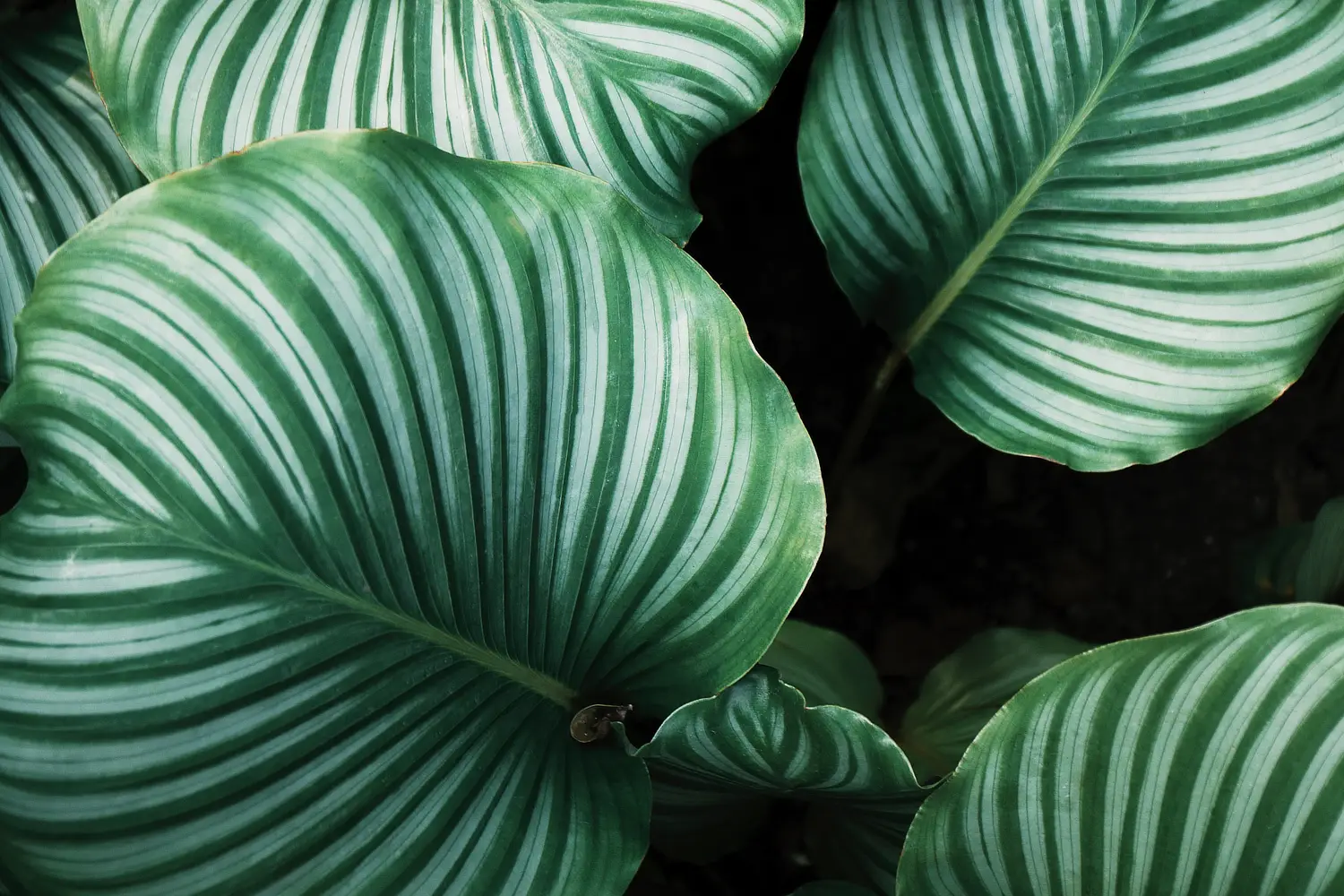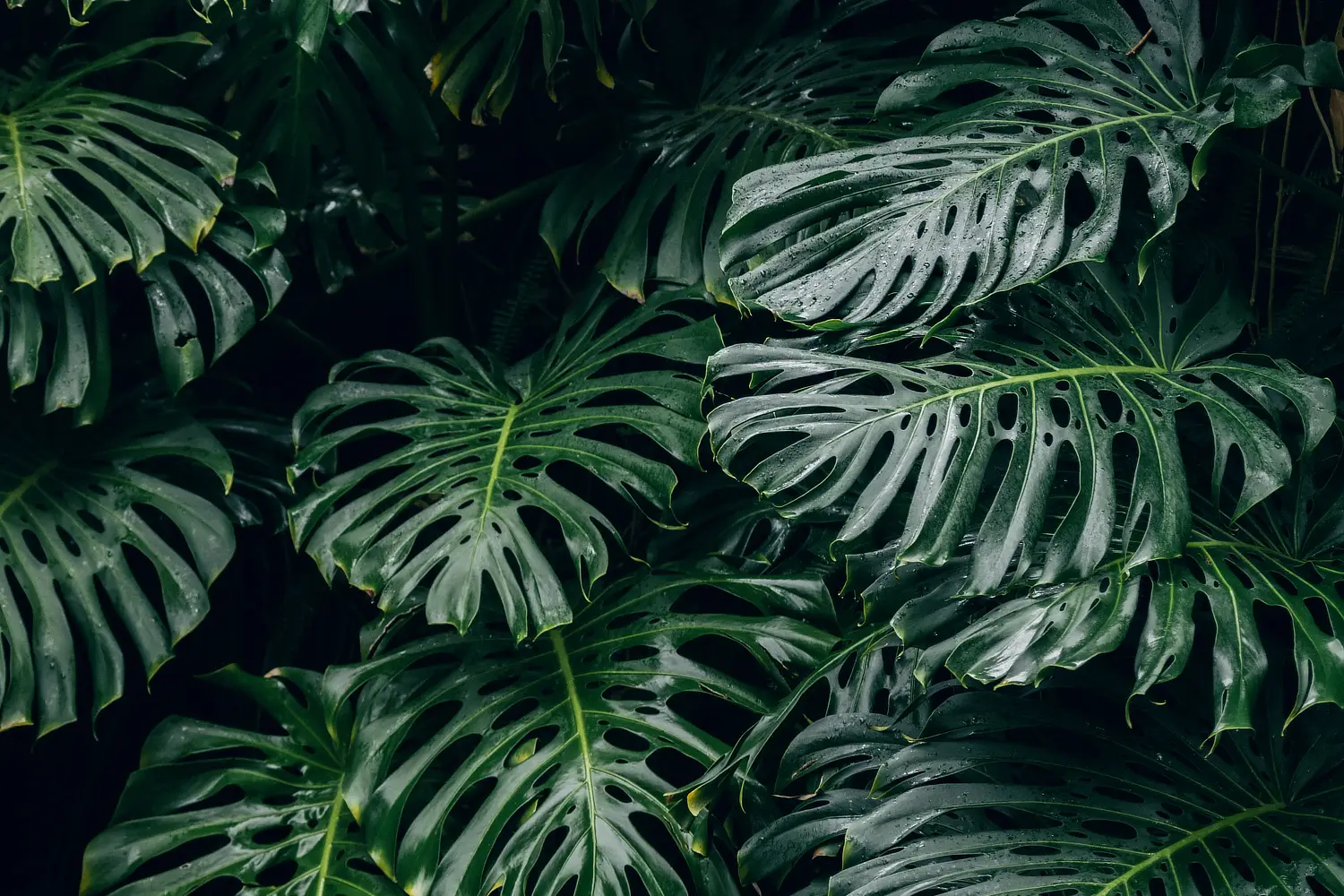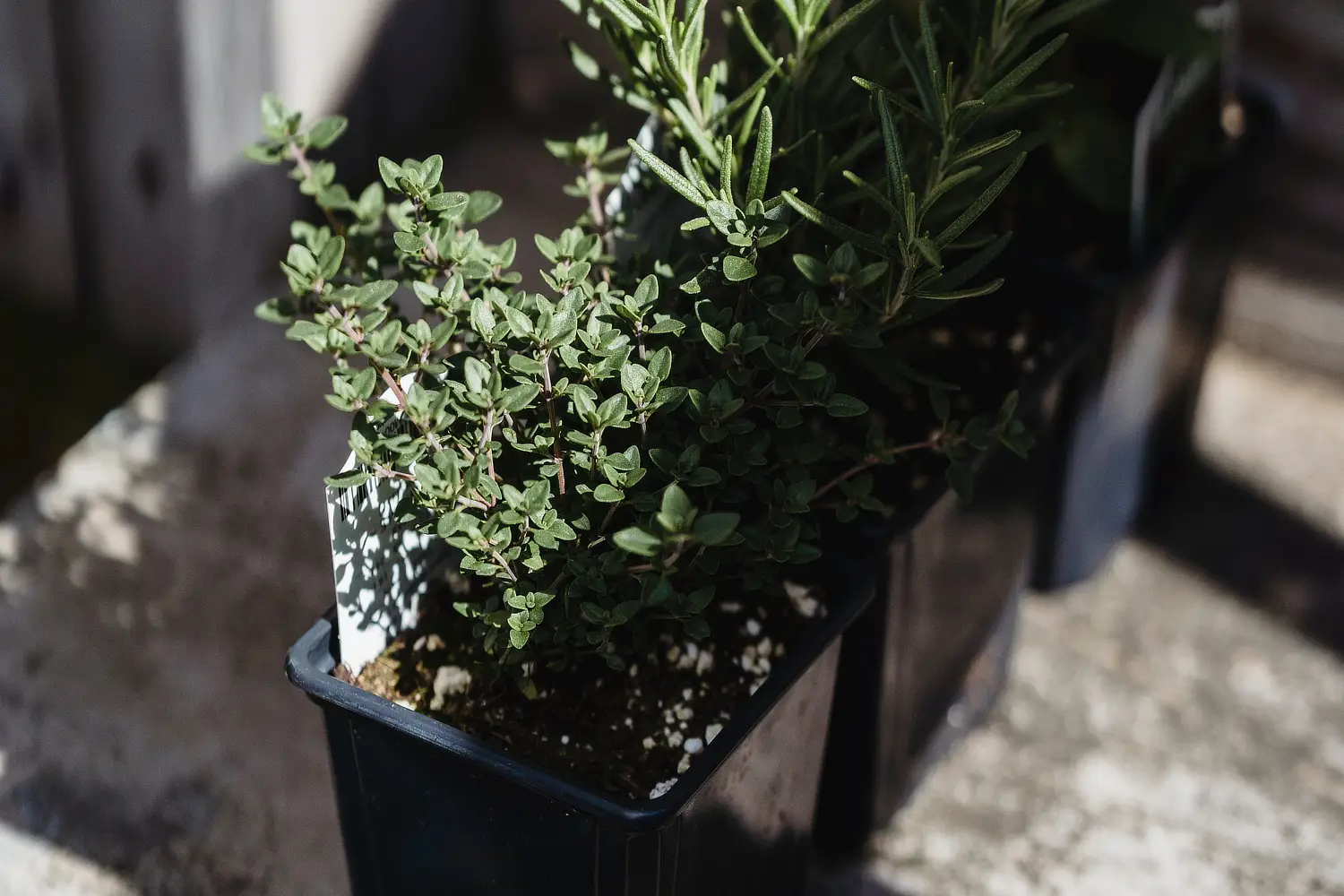Shade is something we all need in the middle of summer and your plants are no different, but so many gardens are suffering right now as there is just too much sun. Creating a safe haven in the form of a shade house for your sensitive and potted plants is a great way to keep your green babies looking their best through the heat of summer. Shade houses also create a space that is enjoyable to be in, in the heat, so make excellent spots for bringing on seedlings and cuttings.
First you need to select a good spot for your structure and give this the consideration it deserves as putting your shade house in the wrong spot will mean a ton of extra labour to move it later. You want a spot away from trees, it may seem counterintuitive as they provide shade, but they will drop leaves and debris on your shade cloth and can cause ripping and wear on the structure.
Select a flat area of ground or a space where creating a level base is easy and choose a spot that has great access for items like wheelbarrows, trollies and pots as you’ll be coming and going a lot. Your shade house will also need to access to a tap for watering your beloved plants but also good drainage as you don’t want it to flood.
It’s also a good idea to put your shade structure in an area where making it bigger is simple – think of how big you want it to be, double that and then be prepared for it to only be half the size of what you end up needing!
To construct your shade house, you can use a myriad of building materials, purchasing H4 treated pine timbers will last a long time, be simple to construct and can be flexible to suit many designs and sizes however purchasing timber does come with an added expense. Recycled materials give a great rustic look, are good for the environment and generally cheaper than new however getting them all to fit together in a tidy concise manner can be tricky – it’s a personal choice.
For the roof, I have found using a sheet of reinforcing mesh, the type used to add strength to concrete driveways is a great option. It can be fixed to one side and then pulled to the other to curve upwards, this adds height to the structure making it easy to get in and to work with your plants without fear of bumping your head.
The type of shade cloth you select is very important as they vary in the amount of light they let through. If your shade house is out in direct sun, you will want one with a higher rating than if you have surrounding elements that cast shade. The plants you are protecting will also require different light levels. The more sensitive the plants the greater protection they will need. I have found that simple cable-ties are the most effective way to attach your shade cloth to your structure as they reduce the chance of ripping and tearing and can be slowly tightened to create an even smooth cover.
For the floor, which should be done last, I suggest a gravel of 20-30mm or a blue metal aggregate of similar size as this will aid in drainage and prevent the floor from getting soggy. Putting it in last will ensure it looks its best for as long as possible.
You may wish to set up an irrigation system I your shade house, a simple poly tube pipe with misting sprayer fixed in will provide all the water your plants need. If going to this extent I suggest only doing one half of the shade house to give you more flexibility and so you can move plants around to the dry side if they are looking too wet.
Benches for placing your plants on are also a great idea too, they bring the plants up off the ground increasing air flow and reducing fungal issues as well as creating an ergonomic working station so you can tend to your plants easier and for longer. Waterproof tubs are a great addition for biodegradable seedling pots too, keeping them dry but in close proximity to where you will use them makes for easier gardening in the long run.




